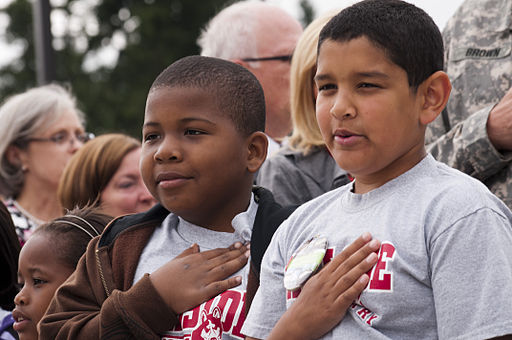10 Facts Every Student Must Know About Religious Rights in School
 Liberty Institute in Texas has put together a list of 10 facts every student (and, we would add, public school) must know about religious liberty. This is a great list to look over as students head back to school.
Liberty Institute in Texas has put together a list of 10 facts every student (and, we would add, public school) must know about religious liberty. This is a great list to look over as students head back to school.
Liberty Institute’s list includes:
- Students have the right to First Amendment protections in public schools.
- Students have the right to read their Bibles at school during free reading times.
- Students have the right to pray before an athletic competition, school assembly, or other extra-curricular activity.
- Students have the right to pray during free time, such as lunch or recess.
- Students have the right to share their faith with their peers.
- Students have the right to talk about religion with teachers and school employees.
- Students have the right to write or talk about God in class or school assignments.
- Students have the right to start a religious club at their public school.
- Students have the right to distribute informational flyers and use school resources for their religious club.
- Students have the right to wear jewelry and clothing that expresses their religious beliefs.
Liberty Institute expounds on the facts on this list on their website, and they also provide additional resources to help people understand, exercise, and protect religious liberties. Click here for more information.




 Pro-life advocate Abby Johnson recently sat down with the Daily Signal to describe the process by which Planned Parenthood affiliates conduct the “tissue donation” programs we have talked about
Pro-life advocate Abby Johnson recently sat down with the Daily Signal to describe the process by which Planned Parenthood affiliates conduct the “tissue donation” programs we have talked about